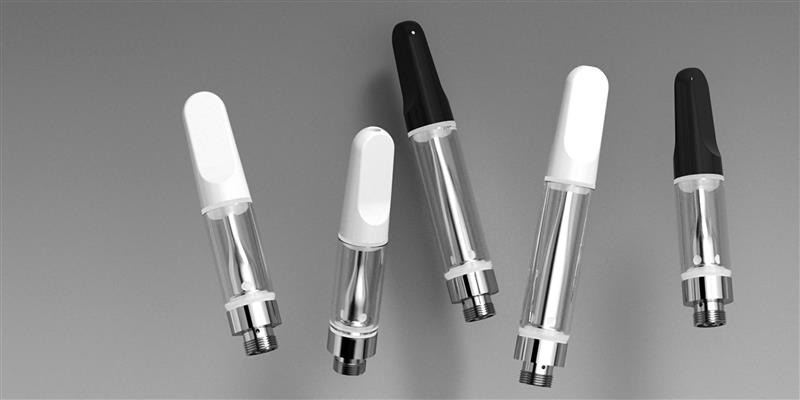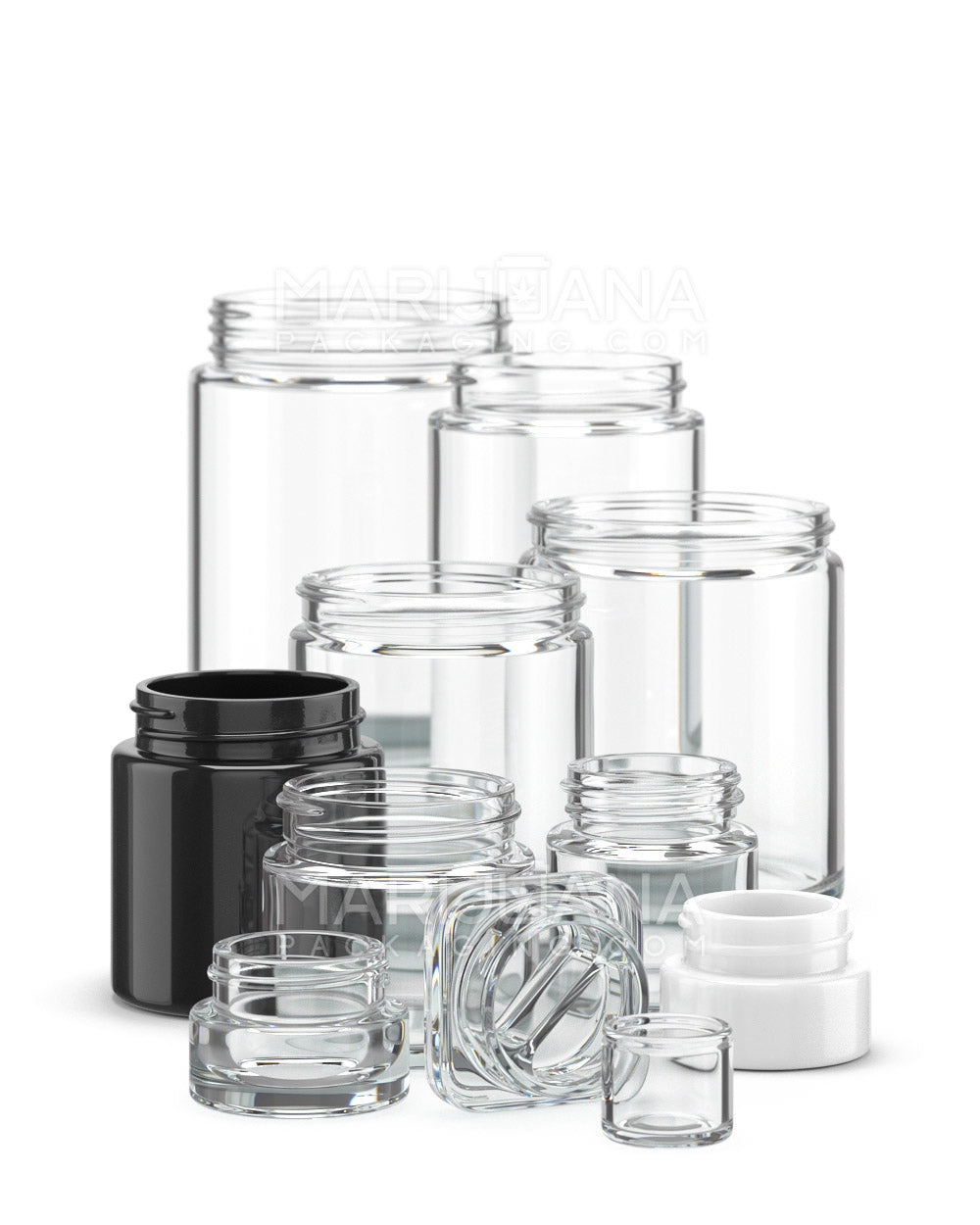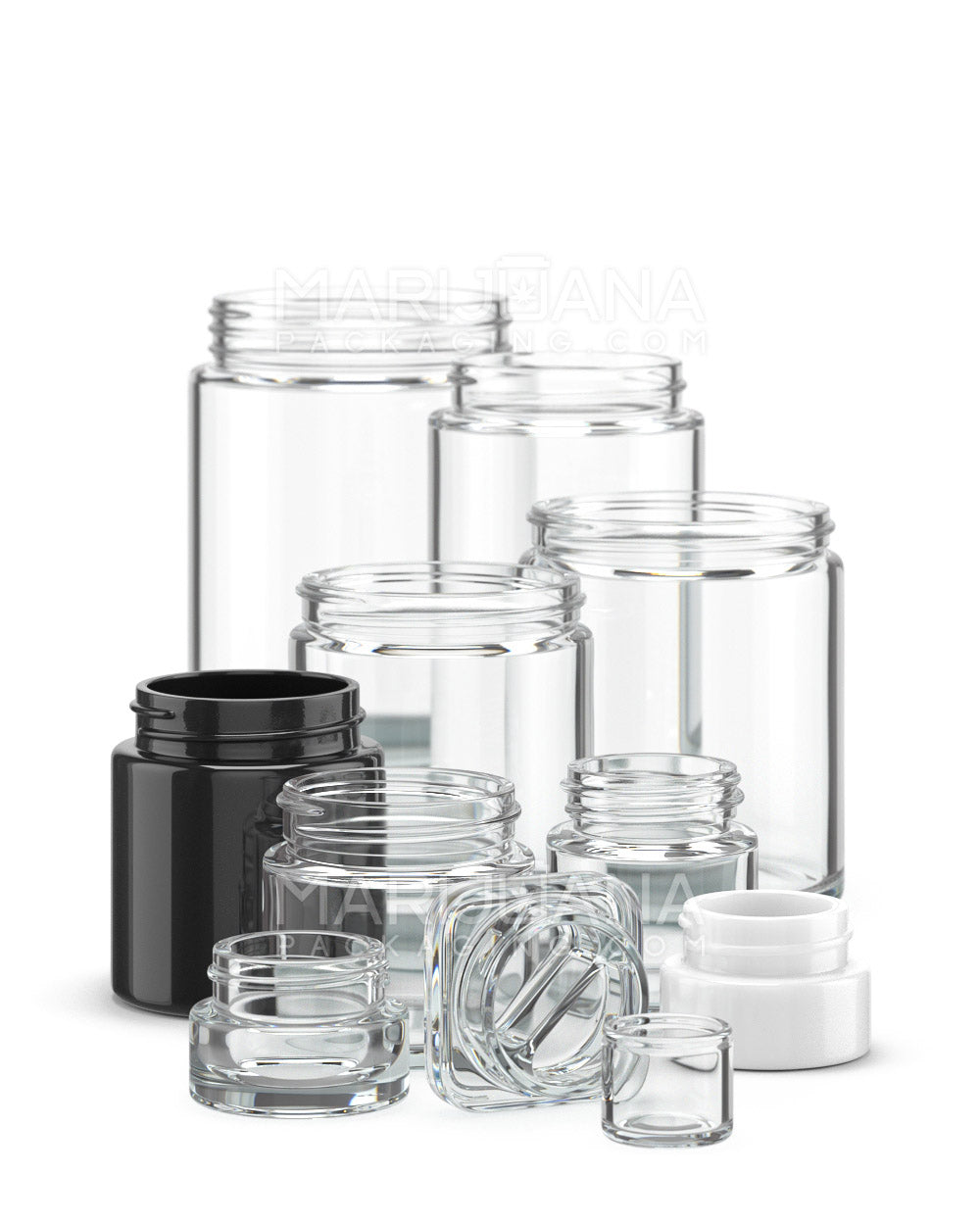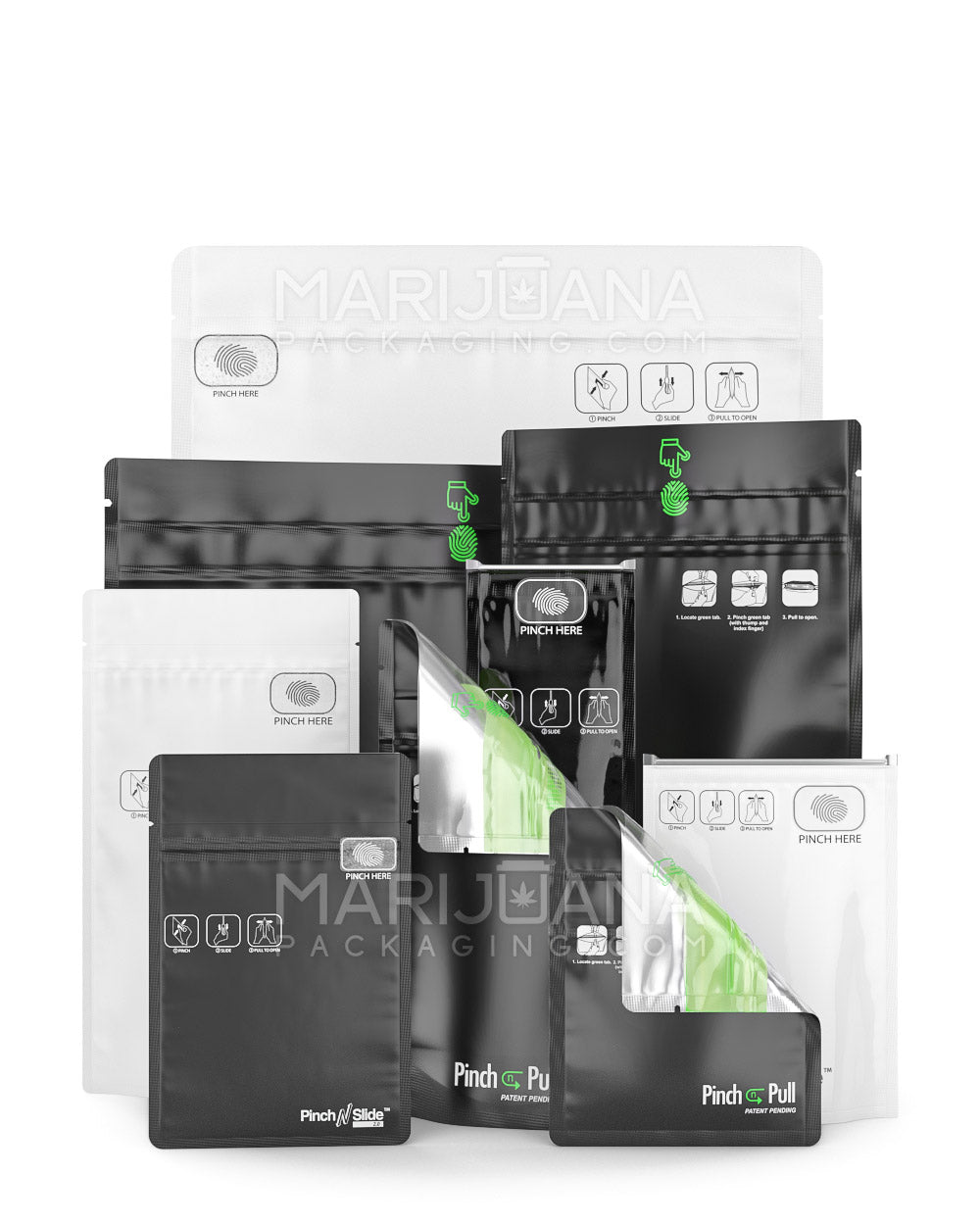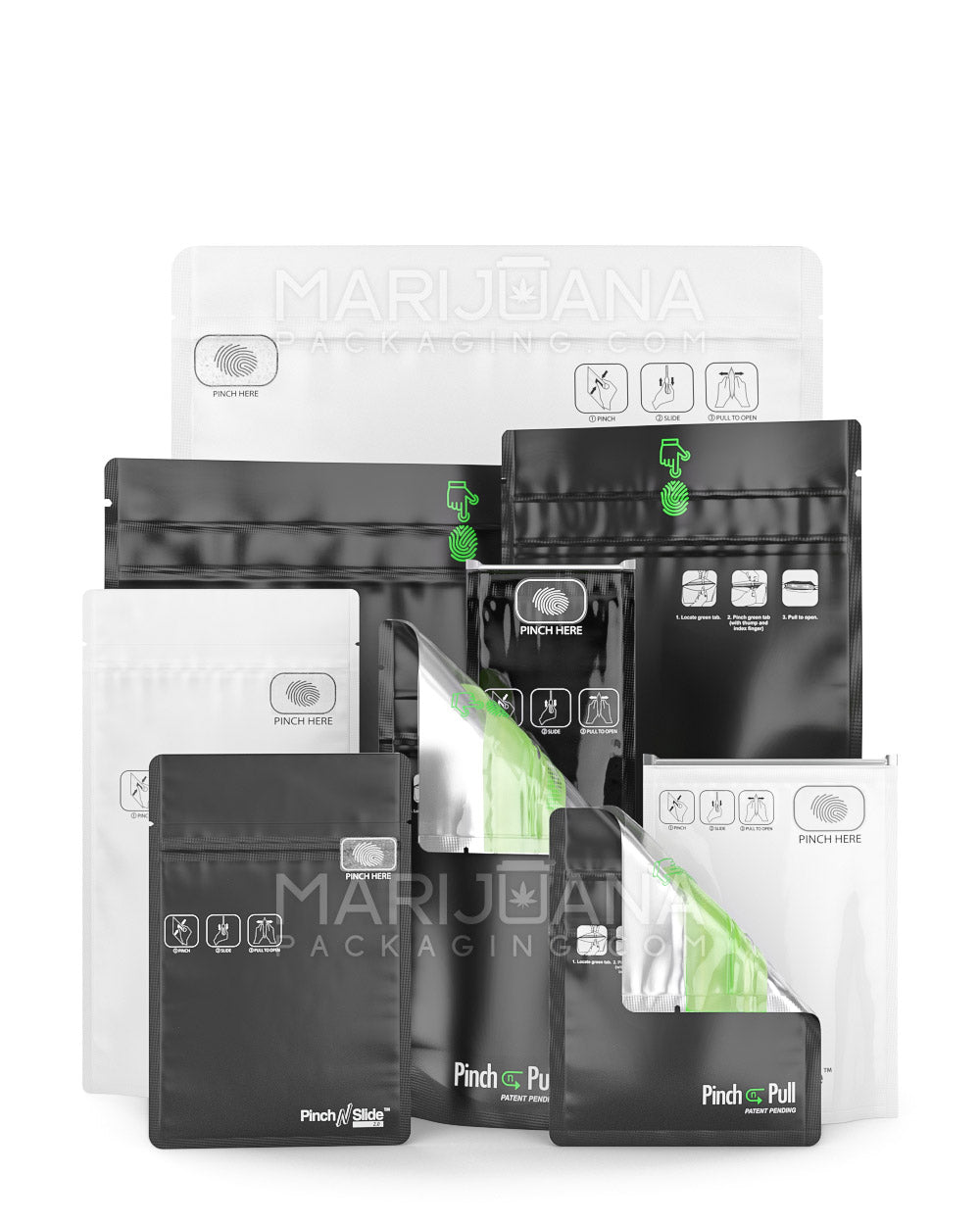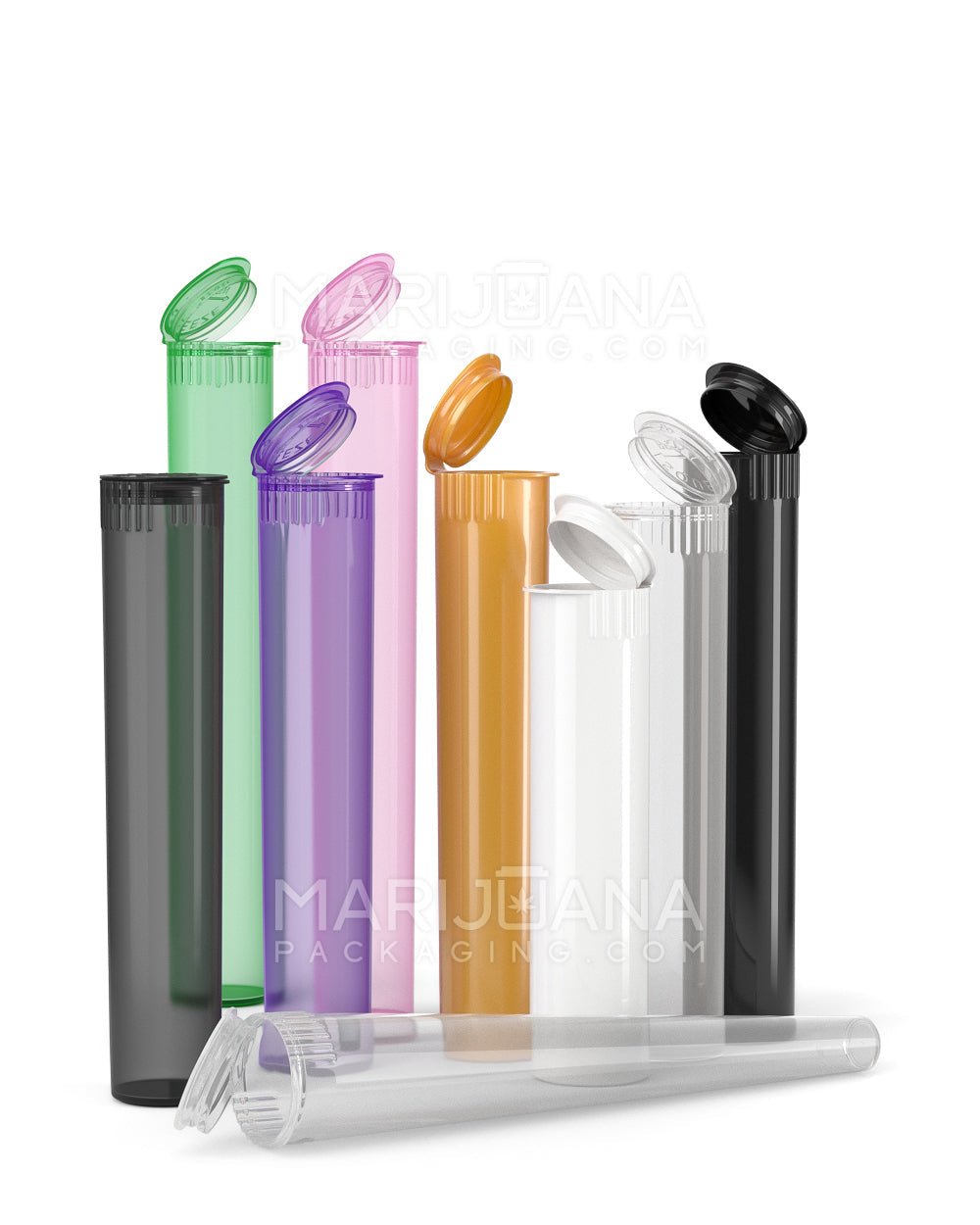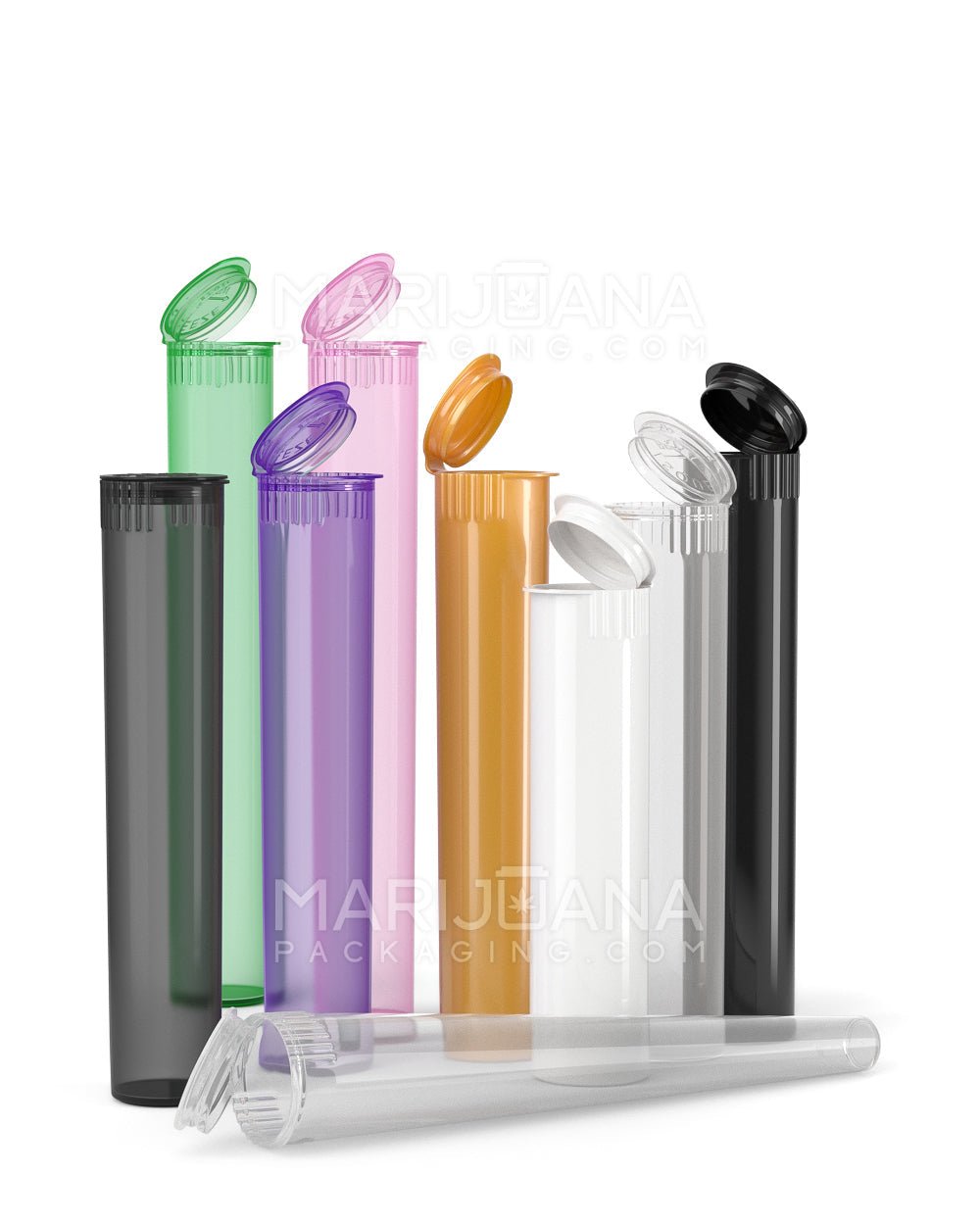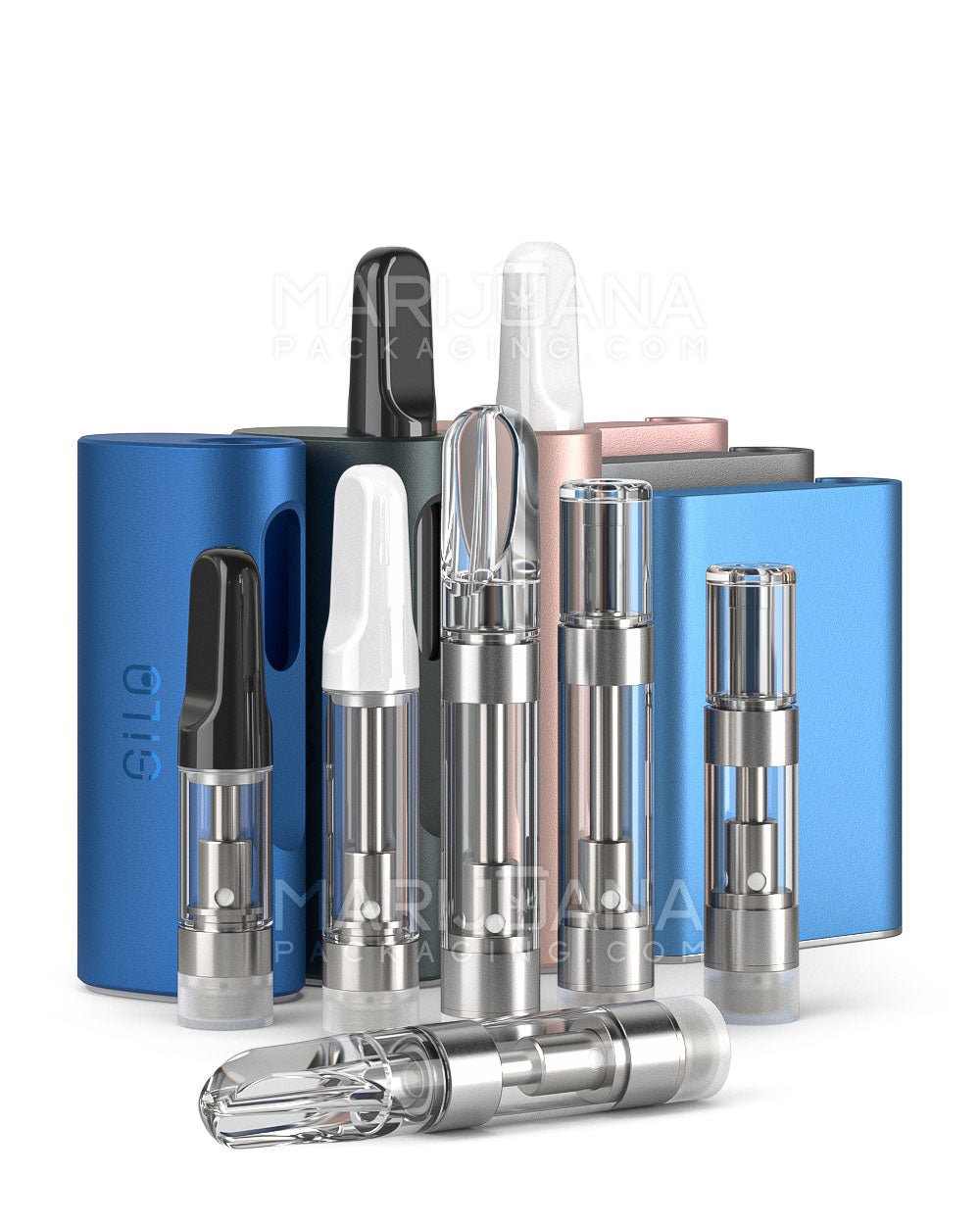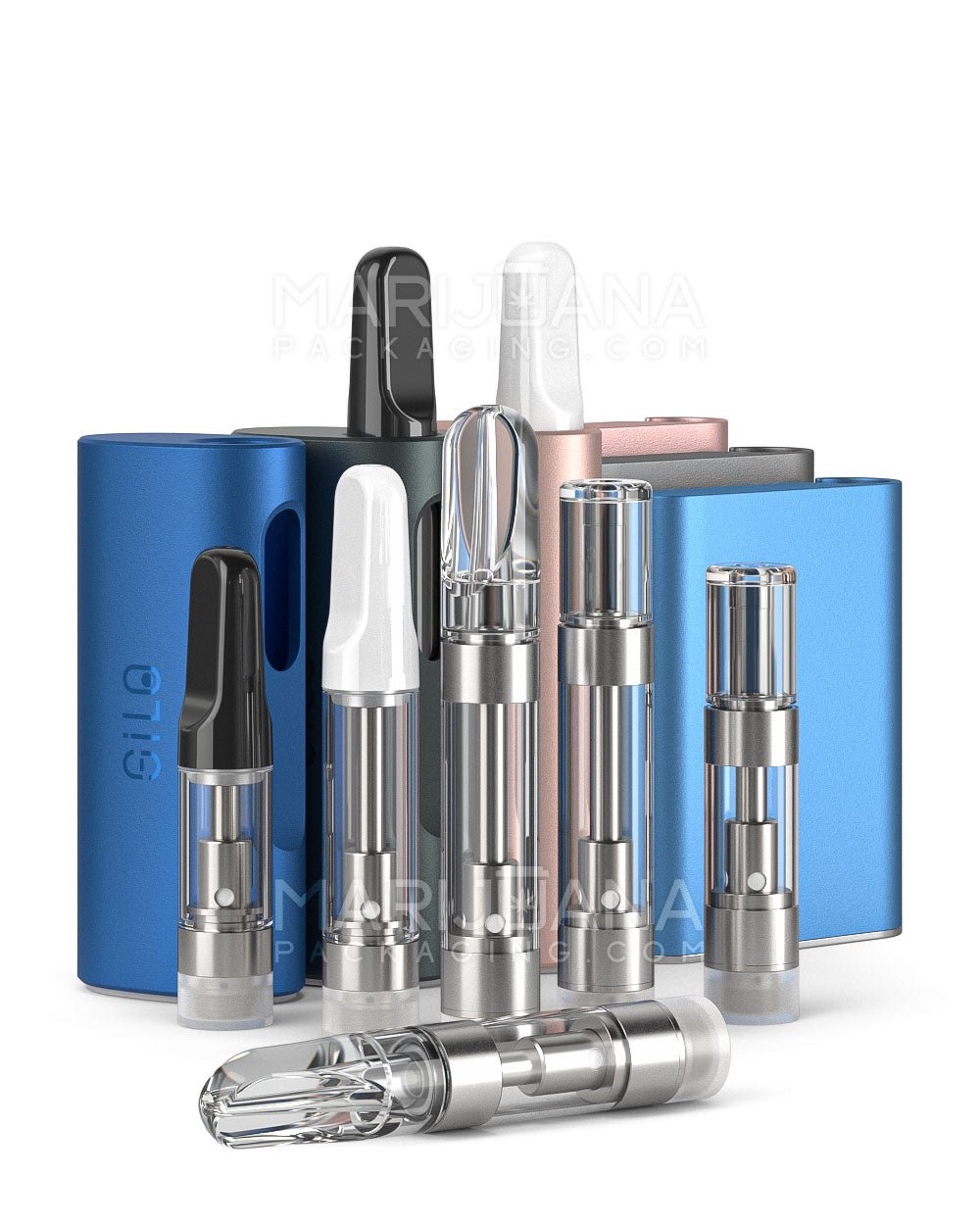Marijuana traceability might sound like a sci-fi concept, but it's a real and essential part of the cannabis industry today. Whether you're growing it, selling it, or just curious about it, understanding how marijuana is tracked can be both fascinating and practical. This topic isn't just about keeping tabs on plants. It's about ensuring safety, legality, and quality throughout the entire process from seed to sale.
In this post, we'll cover the ins and outs of marijuana traceability. From how it's grown and processed, to the laws that govern its tracking, there's a lot to unpack. So, let's jump in and explore how much marijuana is traceable, why it matters, and how it all works in practice.
Why Traceability Matters
First off, let's talk about why traceability is important in the marijuana industry. It's not just about keeping things organized. Traceability ensures that every product in the market meets safety and quality standards. It’s a necessity imposed by various laws to prevent illegal activities, like diversion to the black market, and to protect consumers.
Imagine you're buying your favorite strain at a dispensary. You'd want to know that what you're getting is safe, right? Traceability helps by providing a clear history of the product. From the moment a seed is planted to the second a product is sold, every step is documented. This record-keeping acts like a safety net, ensuring that if any issues arise, they can be traced back to their source and addressed quickly.
Moreover, traceability supports regulatory compliance. Different states have unique laws regarding cannabis, and traceability systems help businesses adhere to these laws by keeping detailed records. This is not just about avoiding penalties — it's about building trust with customers and the community.
The Technology Behind Traceability
Now, you might be wondering how all this tracking happens. The answer lies in technology. RFID (Radio Frequency Identification) tags, barcodes, and other digital tracking methods are commonly used to monitor marijuana products throughout their lifecycle.
RFID tags, for example, are tiny devices that can be attached to plants or packages. They use radio waves to communicate information, which can be read by special scanners. This allows for real-time updates on the location and status of each product. Barcodes work similarly, providing a way to scan and log information quickly and accurately.
These technologies are integrated into software systems that manage the vast amounts of data generated. This software is often tailored to meet the specific needs of the cannabis industry, ensuring that all necessary information is captured and easily accessible. The result is a seamless and reliable method of tracking products from the greenhouse to the retail shelf.
Seed-to-Sale Tracking
One of the most common terms you'll hear in marijuana traceability is "seed-to-sale." This concept refers to the entire lifecycle of a cannabis product, starting from the moment a seed is planted, until the finished product is sold to a consumer.
Seed-to-sale tracking involves several stages:
- Planting: From the beginning, each plant is tagged and tracked. This helps ensure that every seedling is accounted for.
- Growing: As the plants mature, they are monitored for quality and health. Any interventions, such as the use of pesticides, are recorded.
- Harvesting: When it's time to harvest, the yield from each plant is documented, linking it back to its origin.
- Processing: Whether it's dried flower, concentrates, or edibles, each product form is tracked as it's processed and packaged.
- Distribution: Products are monitored as they move from processing facilities to dispensaries.
This detailed tracking ensures that every cannabis product can be traced back to its source, providing transparency and accountability at every step.
State-by-State Regulations
One of the trickier parts of marijuana traceability is navigating the patchwork of state laws. Since marijuana is still illegal at the federal level, each state has developed its own regulations.
For instance, California requires cannabis businesses to use the METRC system (Marijuana Enforcement Tracking Reporting Compliance). In Colorado, the same system is used, but with slightly different rules and requirements. Oregon, on the other hand, has its own unique set of guidelines.
While these systems share common goals, the specifics can vary widely. This means businesses operating in multiple states must be especially diligent in keeping up with the different regulations. Thankfully, many software solutions are designed to handle these variations, offering customizable options to ensure compliance across state lines.
Staying informed about these regulations is crucial for anyone involved in the cannabis industry, whether you're a grower, processor, or retailer. Understanding the nuances of each state's laws helps ensure that your business remains compliant and successful.
How Traceability Affects Consumers
For consumers, traceability might seem like something that happens behind the scenes. However, it directly impacts the quality and safety of the products they purchase. When you buy a cannabis product, you can trust that it has been thoroughly tracked and tested, ensuring it's safe to use.
Many dispensaries provide information about the origin and contents of their products. This transparency helps consumers make informed choices, whether they're looking for a specific strain or want to know more about the cultivation methods used.
Furthermore, traceability systems help prevent products from being mislabeled or contaminated. If a batch is found to have issues, it can be quickly identified and removed from the market, protecting consumers from potential harm.
In an industry where quality and safety are paramount, traceability provides peace of mind to consumers. Knowing that a product's history is well-documented adds a layer of trust and assurance that is invaluable.
The Role of Dispensaries
Dispensaries play a vital role in the traceability process. As the final step in the seed-to-sale journey, they ensure that products reach consumers safely and legally.
Dispensaries are responsible for:
- Receiving Products: They must verify that incoming products have been properly tracked and are compliant with regulations.
- Storage: Products must be stored in a way that maintains their quality and integrity.
- Sales: When selling products, dispensaries must record each transaction, linking it back to the product's origin.
- Customer Education: Many dispensaries offer information about their products, helping consumers understand what they're buying.
By adhering to traceability protocols, dispensaries ensure that they remain compliant with state laws and provide a trustworthy experience for their customers. It's a responsibility that requires diligence and attention to detail but ultimately strengthens the entire industry.
Challenges in Marijuana Traceability
Despite the benefits, marijuana traceability isn't without its challenges. For starters, the complexity of tracking every product can be overwhelming, especially for smaller businesses with limited resources.
Compliance with different state regulations is another hurdle. As mentioned earlier, each state has its own rules, and keeping up with these can be time-consuming and costly. Businesses must invest in the right technology and personnel to manage this complexity.
Additionally, technical issues can arise with tracking systems. RFID tags or barcodes can sometimes fail, leading to data discrepancies. Ensuring that all systems are functioning correctly and that staff are properly trained is essential to overcoming these obstacles.
While these challenges are significant, they are not insurmountable. With the right tools and strategies, businesses can effectively manage traceability, ensuring compliance and quality across the board.
Future of Marijuana Traceability
Looking ahead, the future of marijuana traceability is likely to involve even more advanced technologies and methods. Blockchain, for example, has been proposed as a way to create an immutable record of every transaction, adding an extra layer of security and transparency.
As the industry continues to grow and evolve, so too will the systems used to track and monitor marijuana products. Innovations in technology and regulation will drive improvements in traceability, making it more efficient and reliable.
For businesses, staying ahead of these trends will be essential. Embracing new technologies and adapting to changing regulations will ensure continued compliance and success in the industry.
Final Thoughts
In summary, marijuana traceability is a vital component of the cannabis industry. From ensuring product safety to maintaining regulatory compliance, it plays a crucial role in every step of the process. While the challenges are real, the benefits of a well-executed traceability system are immense.
For those looking to enhance their operations, Gamut offers a full spectrum of packaging solutions. With over a decade of experience, Gamut's full-scale packaging services make it easy to stand out in any market. From design to delivery, they have you covered, ensuring your products are not just compliant but unforgettable.



